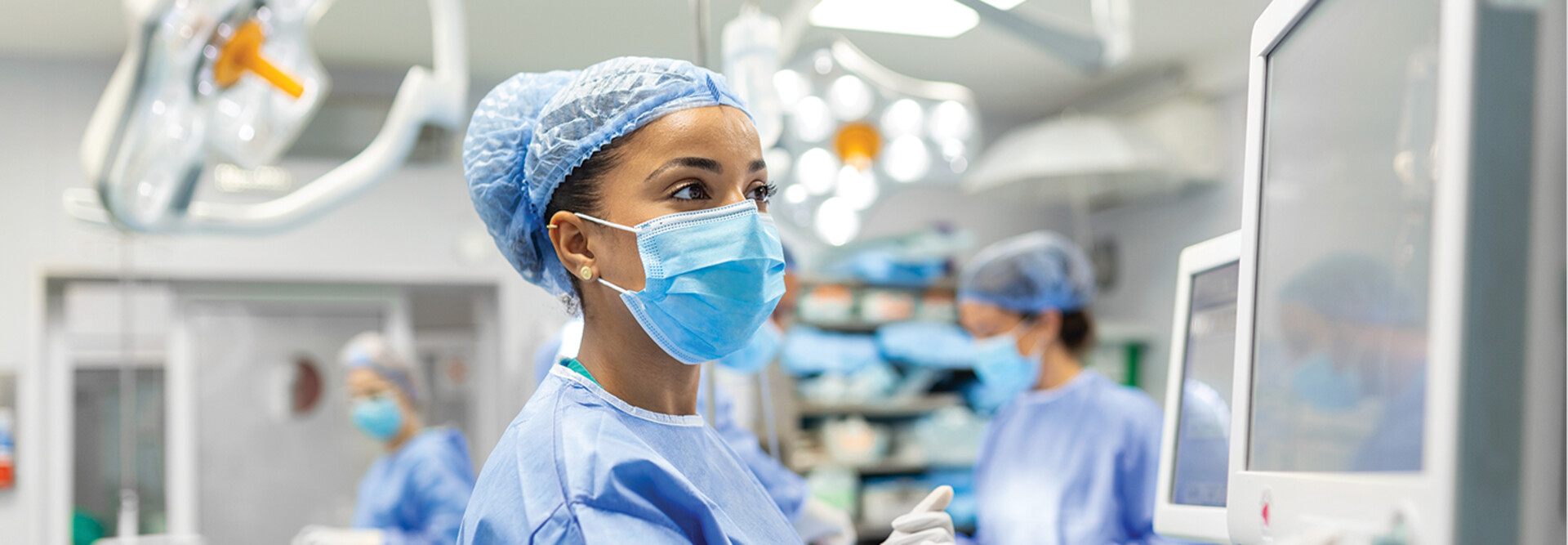1. Standardization and Consistency
Modern CMUs aim to unify monitoring across hospitals, reducing variability in how patients are observed and how teams respond to critical events. A centralized hub supports consistent protocols, messaging and accountability, which are crucial to improving patient safety.
2. Prioritizing Critical Changes
Specially trained CMU technicians can quickly filter out nonactionable alarms, helping to ensure only the most urgent alerts reach bedside teams. This reduces interruptions, allowing them to provide intentional care.
3. Secure Alarm Communication
Instead of relying on outdated paging systems, modern CMUs are able to route alerts to specific clinicians, allowing for confirmation of receipt to prevent oversights. Like the saying, “when everyone is watching, no one is watching,” specific ownership of critical alarms is paramount. Modern CMUs streamline alarm escalation by integrating with electronic health records and staff assignment systems.
4. Smarter Alarm Management
Nursing supervisors can review alarm data to coach monitor technicians on safe customization. In turn, technicians can suggest adjusted alarm parameters tailored by care area or patient type for registered nurses to review and implement at the bedside.
RELATED: AI is the next stop on healthcare’s EHR optimization journey.
5. Filling Knowledge Gaps
Representing the bulk of telemetry focus, arrhythmias are highly complex, variable and can be debilitating or fatal. Monitor technicians may benefit from working in a centralized environment where they encounter a wide range of patient cases, can learn from CMU supervisors and peers and support bedside teams across experience levels.
6. Balanced Workloads
With a shared census across hospitals, CMUs can distribute monitoring responsibilities based on patient acuity and staff availability to facilitate a safe clinician-to-patient ratio. This flexibility may help to prevent burnout and ensure consistent coverage, even during surges.
7. Drive Improvements With Data
Modern CMUs don’t just centralize monitoring, they centralize insight. By aggregating telemetry data across care sites, CMUs enable healthcare organizations to analyze trends, monitor protocol adherence and make informed decisions about alarm management, staffing and equipment allocation to improve clinical workflows.
8. Enhance Device Oversight
A centralized monitoring model encourages better management of telemetry equipment. With a shared, centralized pool of telemetry devices at each hospital, health systems can track device use, battery life and maintenance needs. This visibility helps prevent issues such as excessive inoperative alarms, ensuring that telemetry devices are functioning where they’re needed most without relying on manual counts or guesswork.
9. Strengthen Cybersecurity and IT Resilience
By consolidating telemetry infrastructure into a single, secure hub, modern CMUs reduce the number of digital access points and the potential for IT oversight. This centralized approach makes it easier to detect and respond to system issues, deploy software updates and protect patient data from cyberthreats to help organizations maintain operational continuity and network integrity.
The Next Chapter in Patient-Centered Monitoring
As providers face mounting pressure, modern CMUs offer a sustainable path forward. They elevate centralized monitoring, transforming how care teams work, how patients are protected and how hospitals operate.
For leaders seeking to reduce burnout and prepare for the future, investing in a modern CMU isn’t just a technical upgrade, it’s a strategic imperative.











